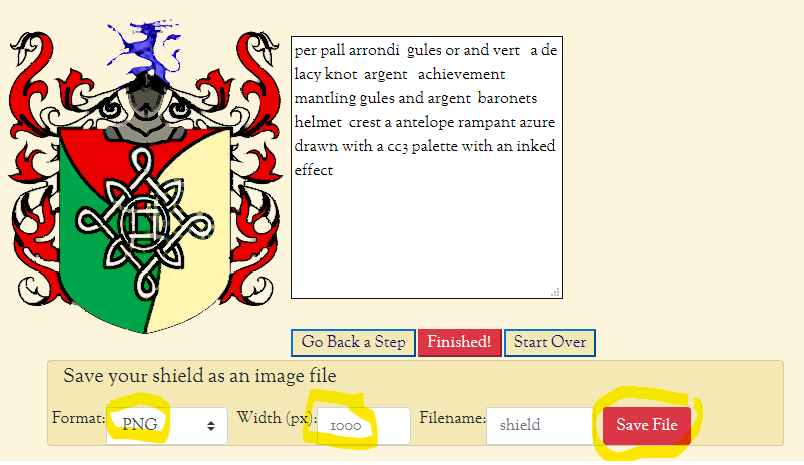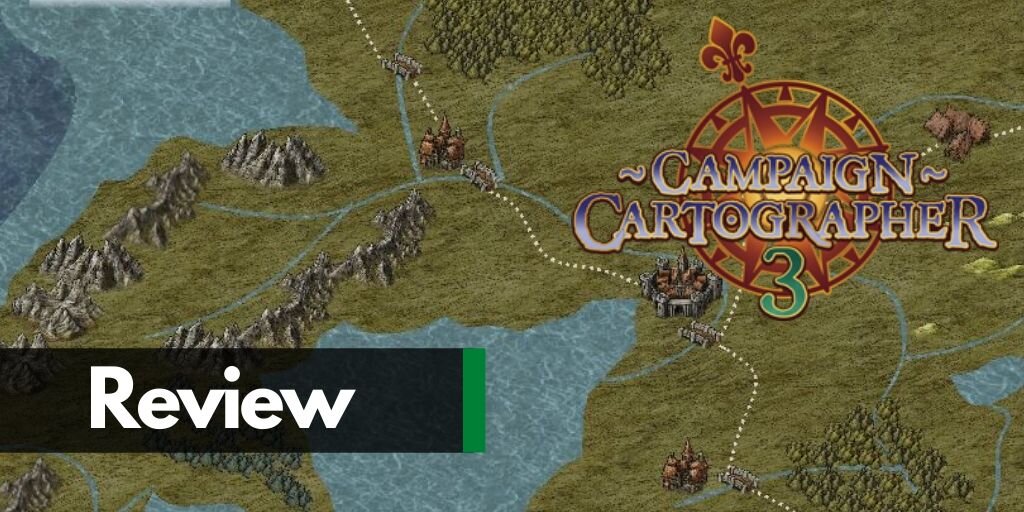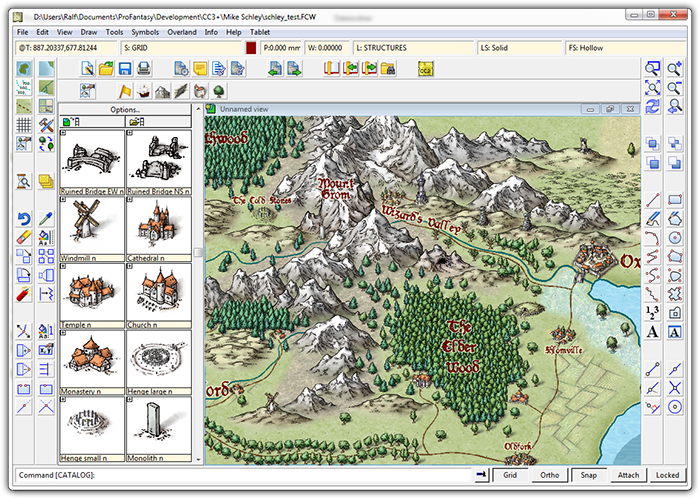

New features such as fence lines can be important navigational aids and may also affect route choice.

For example, large rocks above the soil surface do not normally appear on topographic maps but can be important features on many orienteering maps. Maps produced specifically for orienteering show a more detailed and up-to-date description of terrain features. Gradually, specially drawn maps have been provided to meet the specific requirements of orienteering.
CAMPAIGN CARTOGRAPHER 3 SYMBOLS AIRSHIPS UPDATE
While national mapping agencies update their topographic maps on a regular basis, they are usually not sufficiently up to date for orienteering purposes. In the early days of orienteering, competitors used whatever maps were available these were typically topographic maps from the national mapping agency. maps and manpower are usually able to host more events. Established clubs with good resources e.g. Each of these can use up valuable resources of a club, be it in manpower or financial costs. Orienteering maps are expensive to produce and the principal costs are: the fieldwork, drawing (cartography), and printing. Orienteering maps are produced by local orienteering clubs and are a valuable resource for the club. Notable examples in the US include Pawtuckaway State Park, New Hampshire and Valles Caldera, New Mexico, both having many boulders and boulder fields, and a wide variety of other terrain types. In addition, the area should be attractive and interesting.

The map also needs to be relevant to the needs of the competitor showing the terrain in neither too much nor too little detail.īecause the competition must test the navigational skills of the competitor, areas are sought which have a terrain that is rich in usable features. A map that is reliable and accurate is essential so that a course can be provided which will test the navigational skills of the competitor. 4.4.3 Computer aided maps (digital cartography)Īn orienteering map, and a compass, are the primary aids for the competitor to complete an orienteering course of control points as quickly as possible.3.8 Purple or Red: Overprinting symbols.ISMTBOM (International Specification for Mountain Bike Orienteering Maps), used for MTBO maps.ISSkiOM (International Specification for Ski Orienteering Maps), used for SkiO maps.ISSOM (International Specification for Sprint Orienteering Maps), used for FootO sprint and TrailO maps.ISOM (International Specification for Orienteering Maps), used for FootO forest maps.The International Orienteering Federation (IOF) publishes the standard for orienteering maps, including: In addition to indicating the topography of the terrain with contour lines, orienteering maps also show forest density, water features, clearings, trails and roads, earthen banks and rock walls, ditches, wells and pits, fences and power lines, buildings, boulders, and other features of the terrain. These maps are much more detailed than general-purpose topographic maps, and incorporate a standard symbology that is designed to be useful to anyone, regardless of native language. It is a topographic map with extra details to help the competitor navigate through the competition area. An orienteering map is a map specially prepared for use in orienteering competitions.


 0 kommentar(er)
0 kommentar(er)
